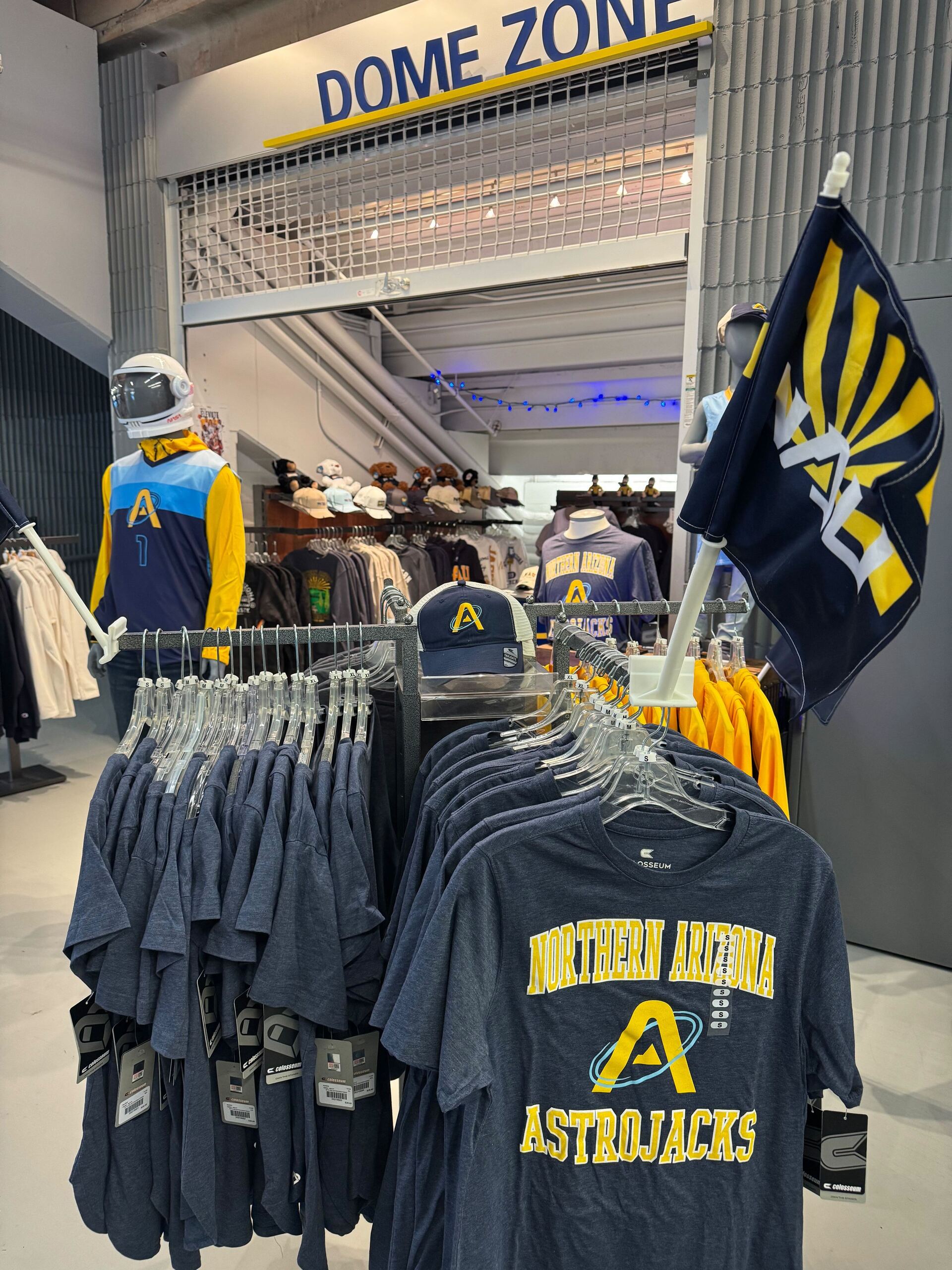Good morning, and thanks for spending part of your day with Extra Points.
Thursday was an absolutely hee-uge day for college sports news, and I know we can’t get to everything in this specific newsletter. But I do want to talk a little bit about a huge TV industry update that has significant realignment, legal and on-the-field implications.
On Thursday morning, the ACC and ESPN announced that the four letter network exercised its contractual option to extend the league’s media rights agreement. That means that ESPN will continue to be the league’s media rights partner through the 2035-2036 academic year.
ESPN and the ACC signed a long-term media rights contract back in 2016, which helped launch the ACC Network. Had ESPN decided to not pick up that option, the current contract would have ended after the 2027 season instead.
I believe it would be fair to say that this development was expected by just about everybody other than the hard-core message board realignment accelerationist crowd. The arrangement remains a great financial deal for ESPN, after all. But it’s the other stuff being reported right now that I believe is far more interesting,
After ESPN agreed to pick up the option, a decision the ACC board of directors voted to approve Wednesday, sources said the conference is working on additional "value adds," which could include creating more marquee matchups in football and men's basketball to maximize content on the networks that would help pave the way toward the new revenue distribution model and a settlement with Clemson and Florida State.
Remember, dear reader, that Clemson and Florida State are both involved in myriad lawsuits that, depending on whom you talk to, are either about trying to figure out how much it might cost to get out of the ACC, or absolutely part of an active effort to get out of the ACC. Both schools are concerned that the Big Ten and SEC will distribute far more money to individual institutions than the ACC will over the course of the next decade, potentially making it impossible to compete on similar ground.
While the ACC has made tweaks around the edges of their model, from hiring outside help to pursue more sponsorship dollars to distributing more money to schools that actually win things, it’s hard to imagine feasible changes that would actually bring the league into financial parity with the Big Two.
But that isn’t necessarily the point. If the league presidents are willing to give more money to the schools that provide the most brand cache and the schools that win the most on the field, and once everybody learned how messy, expensive and complicated these lawsuits are, well, now you have a path towards potentially keeping everybody together…at least for a little while.
I’m interested in learning more about what other sort of “value adds” everybody has in mind for driving more value and dollars to everybody. Via Yahoo:
As part of a scheduling arrangement under discussion, the league’s biggest brands — Florida State, Miami and Clemson — are expected to play more football games regularly with Notre Dame. The Irish are expected to play, at the very least, two of the three each season in a rotation.
Assuming the sages at FBSchedules are correct, Notre Dame actually opens this season at Miami. UNC, Florida State and Miami are on the Irish schedule for 2026.
But is there anything else? If I was to spitball a few potential suggestions, I’d consider moving additional regular season volleyball to linear channels (these get big ratings, and the top end of the ACC kicks ass), holding regular season college football games in /Japan/Australia to capitalize on those unique TV windows, further incentivize schools to schedule more demanding games out of conference, and creating more made-for-TV basketball inventory before conference play.
Less realistic solutions could include “cheating”, or “leaking rumors that you might invite UConn” every few months, just to keep bloggers on their toes.
Wait, why are Clemson and Florida State potentially prepared to bury the legal hatchet and come back to the league? Whatever happened to the whole’ Saudi Noles business that was supposed to buy them out?
Great question. But first, a word from our sponsors.
Stop Being the Best-Kept Secret in Your Industry
Turn trending ideas into social media attention (we detect them for you).
This attention into followers.
And followers into customers.
Turn ONE conversation into WEEKS of authority-building content, that actually sounds like you. From idea to monetization.
Anyway, my informed speculation leads me to a few likely conclusions.
For one, in order for a school to potentially “buy their way out” of the expensive and prohibitive Grant of Rights agreement, a school would need both the means to raise all that money, and a new conference home. While everybody says this until they change their mind, the chatter I had regularly heard from ADs and the consultant class was that neither the SEC or the Big Ten were especially excited to try to grab either Clemson or Florida State.
It isn’t because those are bad programs or anything, but without another massive cash infusion from FOX, it’s difficult to make the math continue to math for a 20+ team conference without some schools making less money than they did before. Add in potential political and legal risks (from antitrust to state lawmaker squabbling), and all the difficult logistical work to build schedules around 20 teams…and the whole thing looks a little less appealing.
There’s also the fact that “potentially engaging with private capital to buy out of a conference deal” and “actually doing that” are two different things. Once the Serious Financial Professionals really get into the weeds about what they’re legally allowed to buy and who controls what…it isn’t a surprise that the windfall that many Florida State fans thought was coming simply didn’t materialize at the right terms.
That doesn’t mean that a school, or conference, won’t ever do a meaningful deal with private capital. Shoot, the Big Ten is talking about it right now, and I’ll have a much longer look at the concept next week. But I’m not shocked the outside institutional money cannon wasn’t ready to make all of Florida State and Clemson’s problems go away yet.
I say yet, because we’re a long, long way from 2036. Via the ESPN reporting:
As part of the settlement, Clemson and Florida State are asking the ACC to agree to reduce penalties for exiting the grant of rights after 2031, when TV contracts for the Big Ten, SEC and Big 12 are set to expire
Even though this doesn’t make for great sports radio fodder, I really couldn’t begin to speculate what college football, or even TV, looks like in 2031. Maybe it makes sense for all parties to look at conference reconfiguration then. Maybe Florida State, Alabama, and Ohio State will already be part of a Super League by that point. Maybe we get invaded by Greenland and college football is replaced with full contact skiing. I dunno man.
But for now? I believe this extension and agreement sets the stage for increased stability in conference membership among the largest conferences. For now. And at ACC HQ, after the last two years? I think that warrants a celebratory Cheerwine Float or two.
Here’s what else we wrote this week:
I am a big believer that college athletics is important, but not so important that we have to take everything so seriously. The folks at Omaha apparently agree, with a BRING YOUR OWN GARBAGE CAN promotion. I explained why they’re doing this, and what other people can learn from it. You can eat popcorn out of a garbage can at a D-I men’s basketball game. What a country!
Friend of the program Dr. Katie Lever cracked open the history books to study how various ex-college athletics figures successfully, or less-than-successfully, ran for public office.
We live in a world where everybody is trying to slash revenue to pay for House settlement fees and future revenue sharing…but also a world where General Managers make a million bucks and assistant coaches make more than three. There’s only one explanation. Money isn’t real.
Well, that isn’t totally true. Some money is, like the budgets, contracts, and vendor reports we gather for Extra Points Library. Right now, we have over 100 of the FY24 itemized athletic budgets (the most recent reports), with more being added every day.
If you want to understand the numbers that make college football work, whether you want to save your department money, sell more stuff, or dunk on your rivals…you’ll love the Extra Points Library.

Also, apparently my email deliverability improves if you guys click on more links? And it gets easier for me to sell better ads in the newsletter? So here’s a gratuitous YouTube link for you to click on:
Want to listen to some good ol’ fashioned American Rock and Roll? Then let me share with you a clip of one of my favorite bands, Nathaniel Rateliff & The Night Sweats, cover one of my other favorite bands, Bruce Springsteen and the E Street Band.
Does loving The Boss, as a professional sportswriter, make me basic and predictable? Don’t care, I’m already playing the video again and can’t hear you making fun of me.
Thanks for reading everybody. I’ve got fun stuff to share soon. I’ll see you on the internet next week.

















